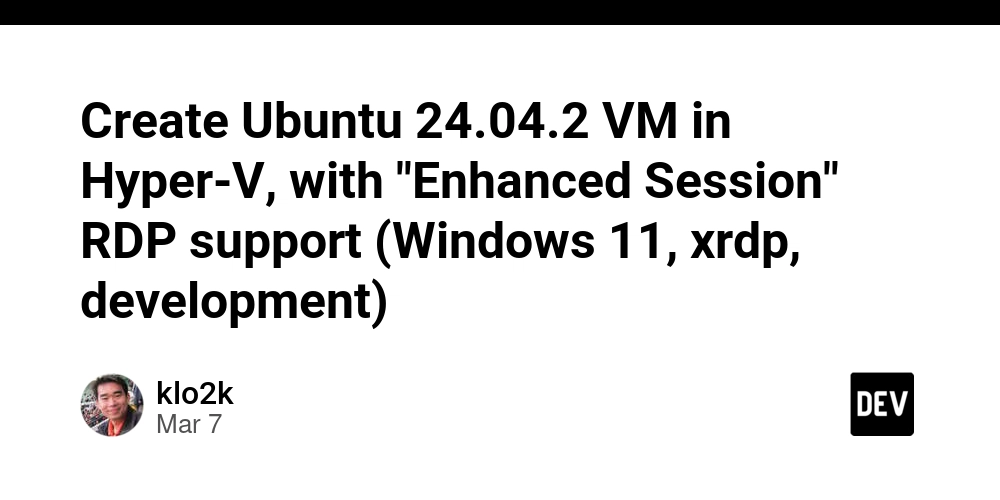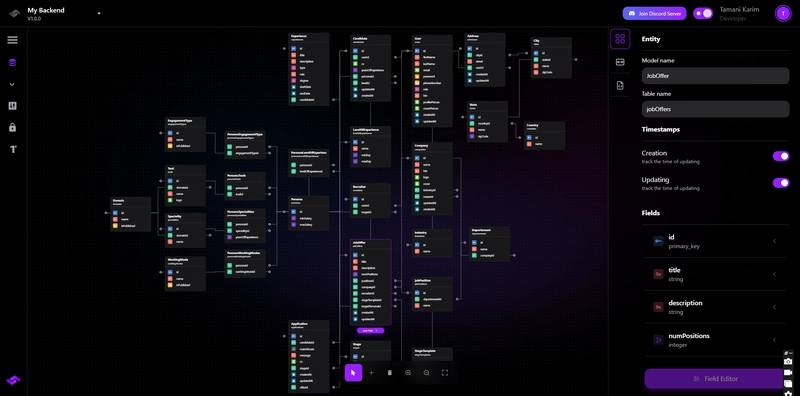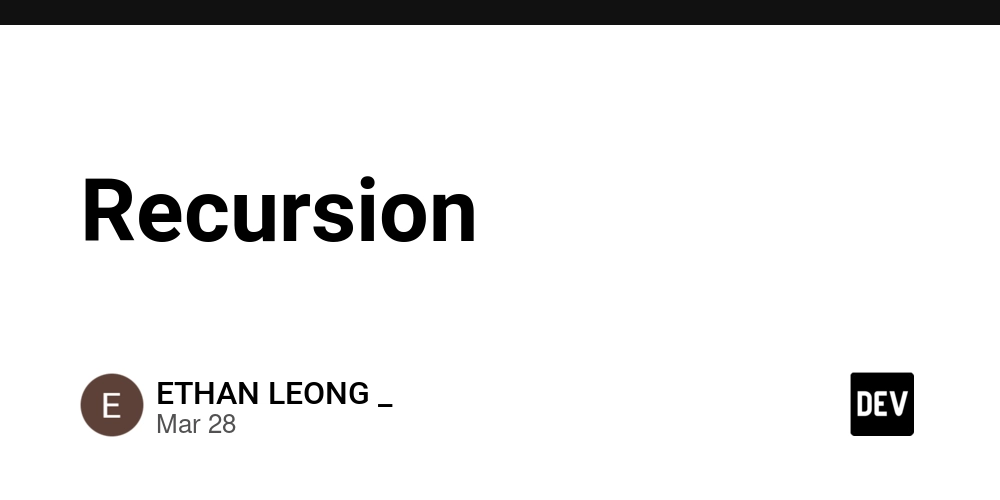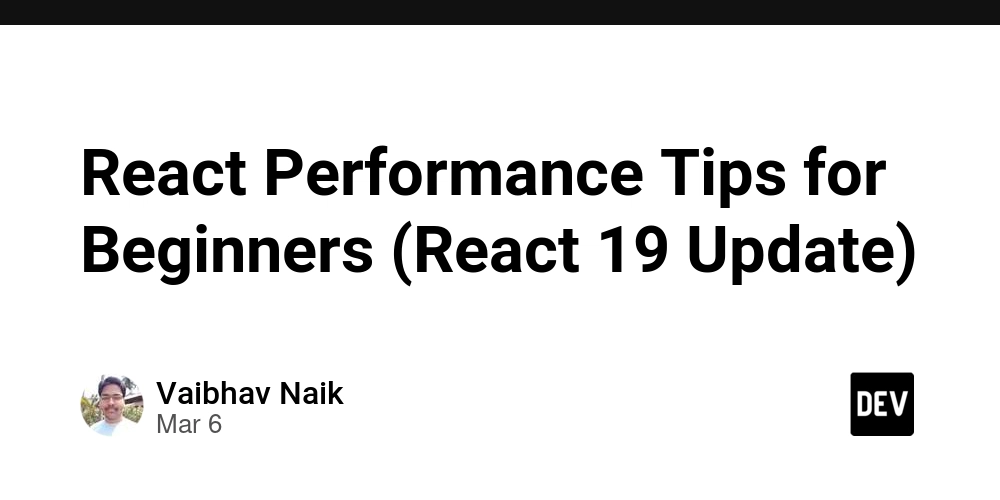Create Ubuntu 24.04.2 VM in Hyper-V, with "Enhanced Session" RDP support (Windows 11, xrdp, development)
To setup an Ubuntu 24.04.2 development Hyper-V VM, with built-in "Enhanced Session" + Remote Desktop Protocol (RDP) support (until it's available in Hyper-V's "Quck Create"): Create Hyper-V VM Configure VM for "Enhanced Session", allow nested virtualisation Start VM, install Ubuntu XRDP Setup Optional, but really useful setup Fix Xrdp slow performance Connect to VM Create Hyper-V VM Create VM ("New" > "Virtual Machine"): # Specify Name and Location Name: Ubuntu 24.04 [Next] # Specify Generation Generation: 2 [Next] # Assign Memory Startup memory: 4096 [Next] # Configure Networking Connection: Default Switch [Next] # Connect Virtual Hard Disk Create a virtual hard disk: Name: Ubuntu 24.04.vhdx Size: 256GB [Next] # Installation Options Install an operating system from a from bootable CD/DVD-ROM: Image file: ubuntu-24.04.2-desktop-amd64.iso [Finish] DO NOT START VM YET Configure VM (Right-click "Ubuntu 24.04" > "Settings..."): # Change boot order (boot from HDD before Network) Firmware DVD Drive HDD Network # Necessary to boot Ubuntu Security Enable Secure Boot Template: Microsoft UEFI Certificate Authority # Optional Integration Services (Check all) # Optional Checkpoints (Uncheck) Use automatic checkpoints # Optional Automatic Stop Action Shut down the guest operating system [OK] DO NOT START VM YET Configure VM for "Enhanced Session", allow nested virtualisation From admin PowerShell (Right-click "Windows PowerShell" > "Run as administrator..."): # Connect with Enhanced Session Set-VM -VMName 'Ubuntu 24.04' -EnhancedSessionTransportType HvSocket # Allow nested virtualisation (optional) Set-VMProcessor -VMName 'Ubuntu 24.04' -ExposeVirtualizationExtensions $true # Verify - expect 'True' (Get-VMProcessor -VMName 'Ubuntu 24.04').ExposeVirtualizationExtensions Start VM, install Ubuntu Start VM, install with default options, using the latest installer (Update installer if promoted). Note: ❗ Make sure Require my password to log in is checked (this is needed for xrdp) Example Default installation options: Interactive installation Default selection Erase disk and install Ubuntu Restart - Hard-reset VM if you get error: SQUASHFS error: Failed to read block XRDP Setup Install Xrdp + apply Ubuntu 24.04 specific fixes:

To setup an Ubuntu 24.04.2 development Hyper-V VM, with built-in "Enhanced Session" + Remote Desktop Protocol (RDP) support (until it's available in Hyper-V's "Quck Create"):
- Create Hyper-V VM
- Configure VM for "Enhanced Session", allow nested virtualisation
- Start VM, install Ubuntu
- XRDP Setup
- Optional, but really useful setup
- Fix Xrdp slow performance
- Connect to VM
Create Hyper-V VM
Create VM ("New" > "Virtual Machine"):
# Specify Name and Location
Name: Ubuntu 24.04
[Next]
# Specify Generation
Generation: 2
[Next]
# Assign Memory
Startup memory: 4096
[Next]
# Configure Networking
Connection: Default Switch
[Next]
# Connect Virtual Hard Disk
Create a virtual hard disk:
Name: Ubuntu 24.04.vhdx
Size: 256GB
[Next]
# Installation Options
Install an operating system from a from bootable CD/DVD-ROM:
Image file: ubuntu-24.04.2-desktop-amd64.iso
[Finish]
DO NOT START VM YET
Configure VM (Right-click "Ubuntu 24.04" > "Settings..."):
# Change boot order (boot from HDD before Network)
Firmware
DVD Drive
HDD
Network
# Necessary to boot Ubuntu
Security
Enable Secure Boot
Template: Microsoft UEFI Certificate Authority
# Optional
Integration Services
(Check all)
# Optional
Checkpoints
(Uncheck) Use automatic checkpoints
# Optional
Automatic Stop Action
Shut down the guest operating system
[OK]
DO NOT START VM YET
Configure VM for "Enhanced Session", allow nested virtualisation
From admin PowerShell (Right-click "Windows PowerShell" > "Run as administrator..."):
# Connect with Enhanced Session
Set-VM -VMName 'Ubuntu 24.04' -EnhancedSessionTransportType HvSocket
# Allow nested virtualisation (optional)
Set-VMProcessor -VMName 'Ubuntu 24.04' -ExposeVirtualizationExtensions $true
# Verify - expect 'True'
(Get-VMProcessor -VMName 'Ubuntu 24.04').ExposeVirtualizationExtensions
Start VM, install Ubuntu
-
Start VM, install with default options, using the latest installer (Update installer if promoted).
Note:
- ❗ Make sure
Require my password to log inis checked (this is needed forxrdp) - Example Default installation options:
Interactive installation Default selection Erase disk and install Ubuntu - ❗ Make sure
Restart - Hard-reset VM if you get error:
SQUASHFS error: Failed to read block
XRDP Setup
Install Xrdp + apply Ubuntu 24.04 specific fixes:












































































































































































![[The AI Show Episode 142]: ChatGPT’s New Image Generator, Studio Ghibli Craze and Backlash, Gemini 2.5, OpenAI Academy, 4o Updates, Vibe Marketing & xAI Acquires X](https://www.marketingaiinstitute.com/hubfs/ep%20142%20cover.png)


























































































































![[FREE EBOOKS] The Kubernetes Bible, The Ultimate Linux Shell Scripting Guide & Four More Best Selling Titles](https://www.javacodegeeks.com/wp-content/uploads/2012/12/jcg-logo.jpg)



![From drop-out to software architect with Jason Lengstorf [Podcast #167]](https://cdn.hashnode.com/res/hashnode/image/upload/v1743796461357/f3d19cd7-e6f5-4d7c-8bfc-eb974bc8da68.png?#)







































































































.png?#)





.jpg?#)






























_Christophe_Coat_Alamy.jpg?#)







































































































![Rapidus in Talks With Apple as It Accelerates Toward 2nm Chip Production [Report]](https://www.iclarified.com/images/news/96937/96937/96937-640.jpg)









































































































































